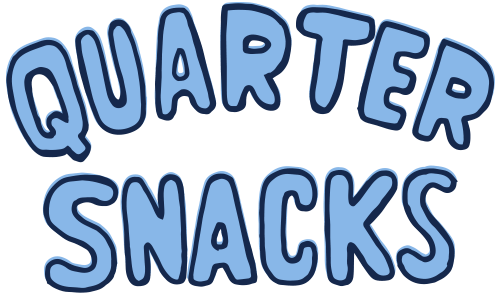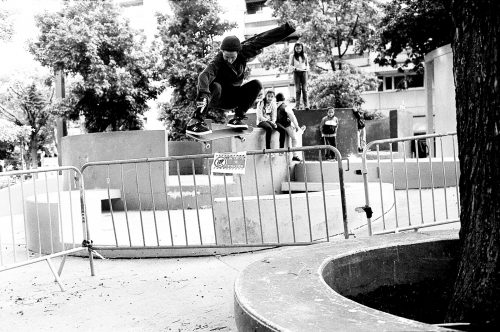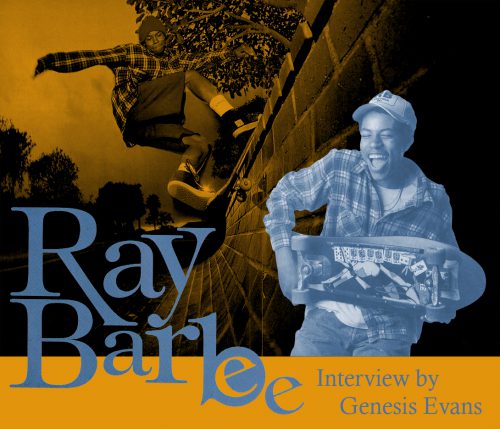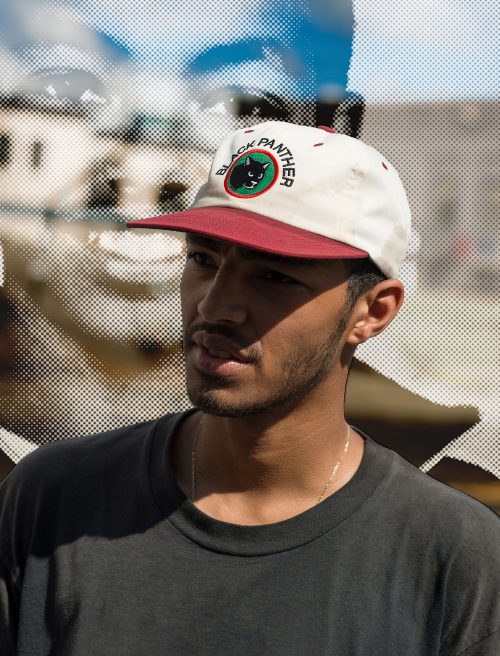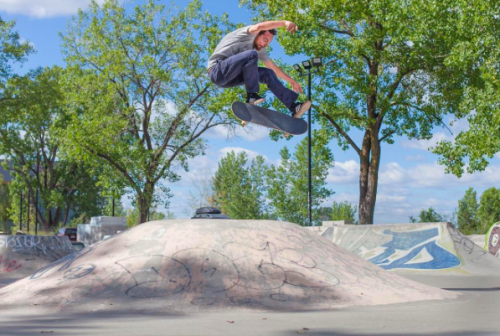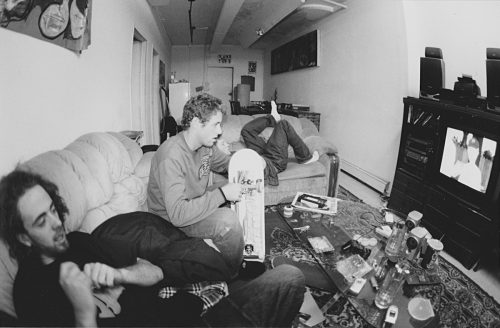Intro & Interview by Zach Baker
Headline Photo by Richard Hart
PJ Ladd’s Wonderful Horrible Life was an anomaly. For the kids who had their own local crews, it was strange and inspiring for this shop out of Melrose, Massachusetts to release this incredible skate video of people we’d never heard of, and reach as large of a viewership as it did. P.J’s part was obviously the main draw, and while there were many standouts — including Jereme Rogers at a time when his only musical connection was Buena Vista Social Club, Ryan Gallant’s east coast tech, the mean guy in the paper boy hat, and don’t get me started on Fiske — a particularly eye-opening moment of the video was when we were introduced to Alexis Sablone. Her part, in some pathetic way, enlightened a generation of young male skaters to the notion that females in skating existed outside of the only woman we had ever really been shown: Elissa Steamer.
I had seen Jaime Reyes and Elissa’s skating at that point, but something about the fact that there was this girl who completely ripped in a random homie video, reinforced the idea that there’s a grander female presence throughout skateboarding. It drew attention to women’s extreme lack of visibility in skating.
In the time since, Alexis is still ripping and placing in most of the contests she regularly enters — but what’s dope is that she also, like, fully went to Columbia, and has a Masters in Architecture from MIT. What’s even more wild, and a perfect example of the resourcefulness of people who happen to skateboard, is that she completely financed her education with contest earnings. I don’t care what you did down D7, this way of juicing of the system is the most impressive skate trick I’ve ever seen.
You’re from Connecticut?
Yeah. I’m from a town called Old Saybrook. It’s a small town not that far from Groton, kind of the bottom middle of Connecticut.
Was there much of a skate scene there when you were growing up?
Not at all, or if there was, I wasn’t aware of it. I started skating when I was ten. I started at a new school that year that was a few towns over. I was in fifth grade and there were a bunch of eighth grade boys who skated, so that was my first contact with other skateboarders. It’s funny because, I had a skateboard, and I was still struggling with it for a while, trying to figure it out on my own. I was playing tag or something and jumped off this twelve foot jetty and broke my foot. When I started at that school, I had DC Clockers and was on crutches. All the boys were like “Whoa, you skate?” I was like “Oh yeah. Yeah, yeah, I skate.” But on the inside I was panicking like, “Oh man, I have to get good at skating!” As soon as I got my cast off, I was in the garage like “I’ve gotta figure out how to ollie.” They were cool, but mostly I just skated alone in my garage. There was this one skatepark an hour away, and I finally started going there. I’d make my mom drive me, or I’d take the train on weekends. I met Trevor Thompson, who’s still like my best friend. We started skating together every weekend.
When did you start going to Boston?
Boston didn’t happen until I was like fifteen. I met a bunch of Boston dudes — Jereme, Eli, Zered and Louis Sarowsky — at Woodward one summer. I became friends with them. Then, I went to Boston once with my family for a weekend, met up with Jereme and we skated all day. He introduced me to Matt and Arty, the Coliseum guys, and that’s when I met PJ. I started going there every weekend or staying there for the summer.
And that’s how you ended up accumulating a full part’s worth of footage?
Yeah, I don’t know if I’d call it a full part. I think I filmed most of it in a couple days, it was just random. It didn’t even feel like I was filming a part, oddly enough. Actually, most of it’s filmed at MIT. Then, we went on a road trip. We took this van down to Miami and stopped in Philly and Atlanta, so some of it is from that too.



